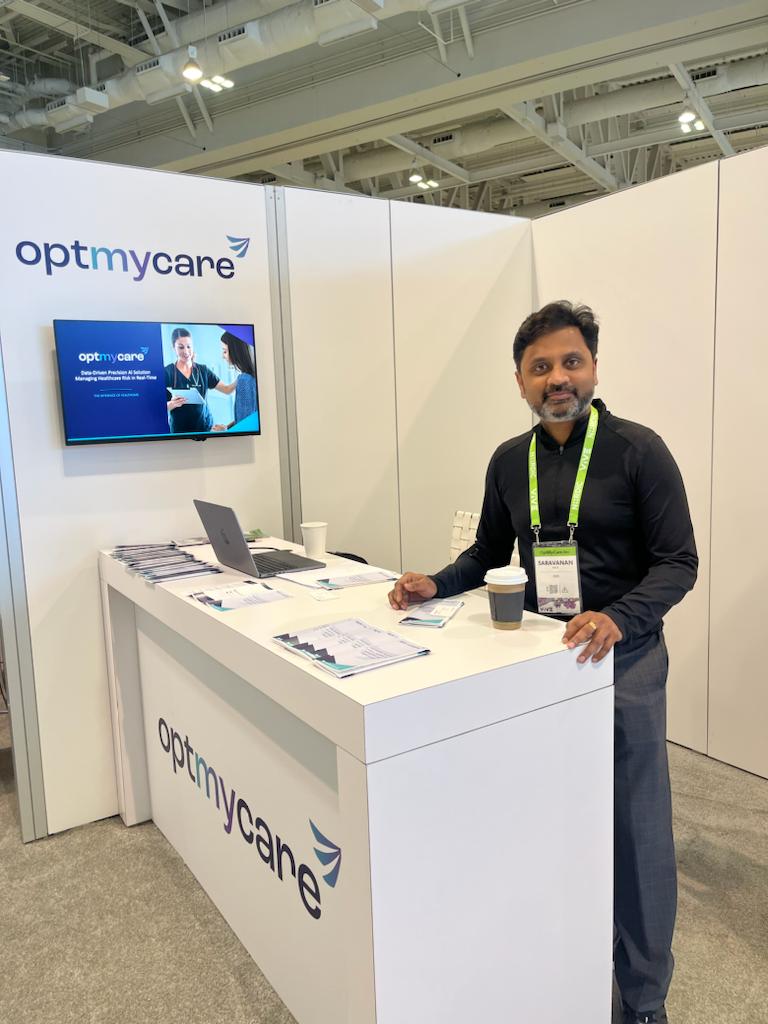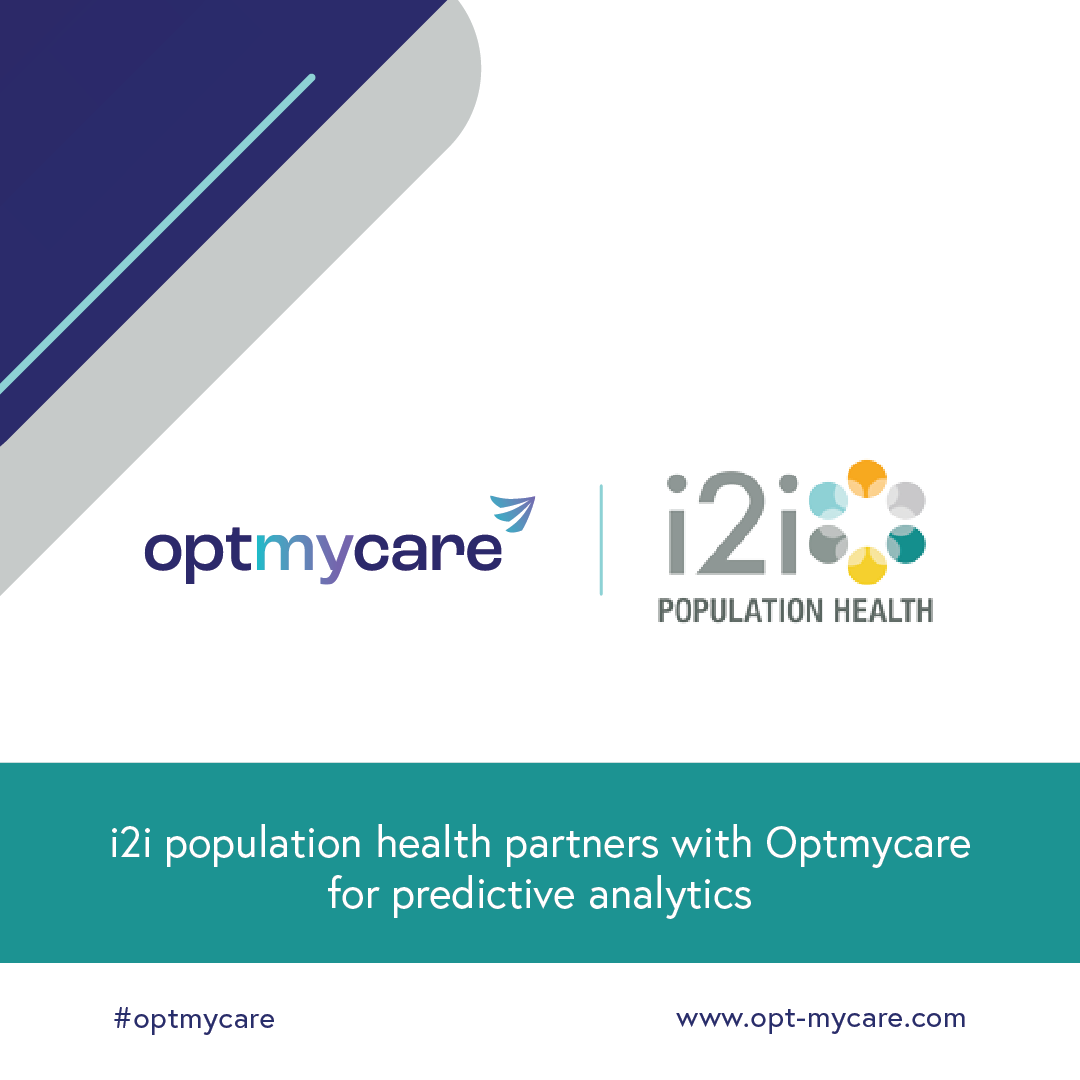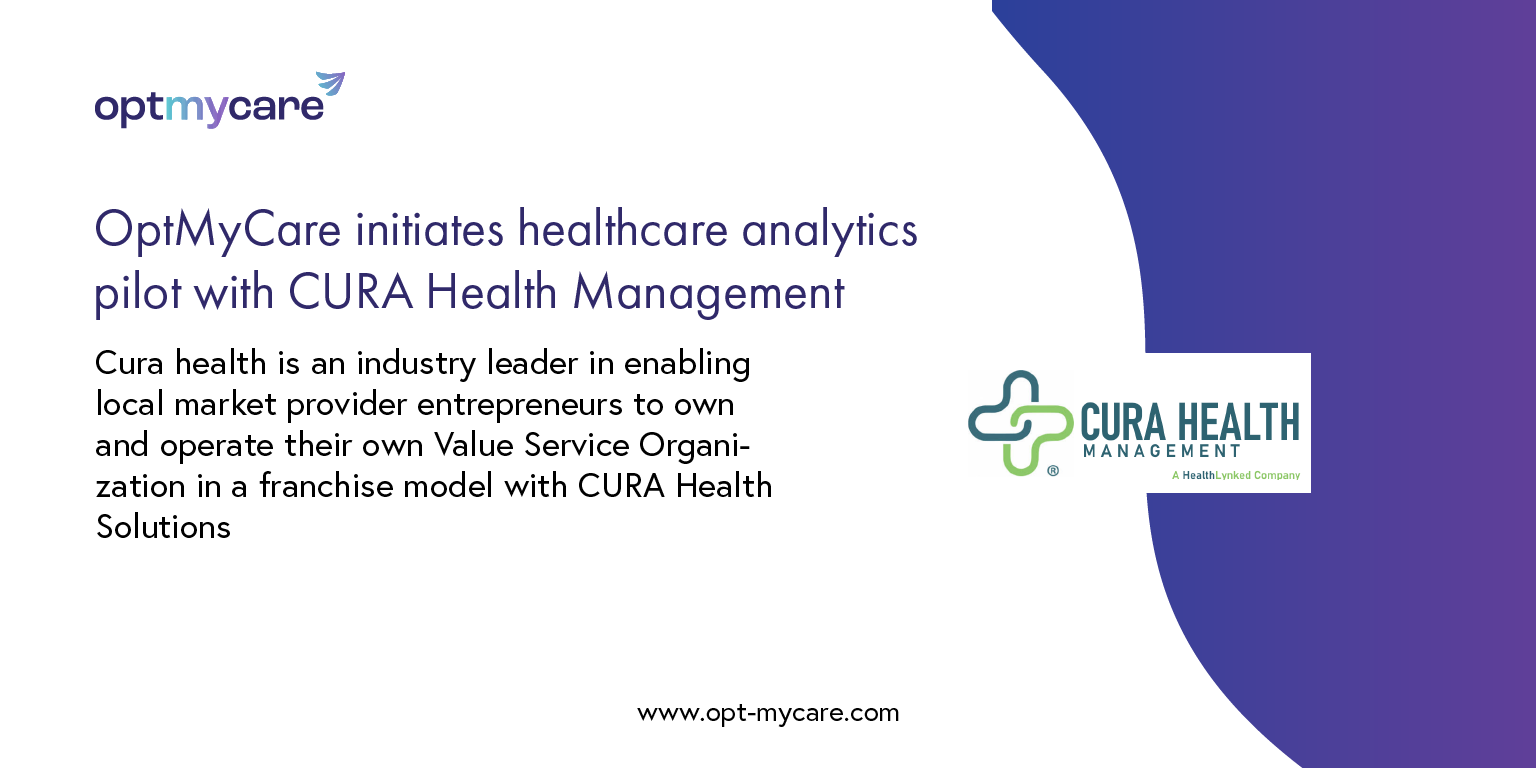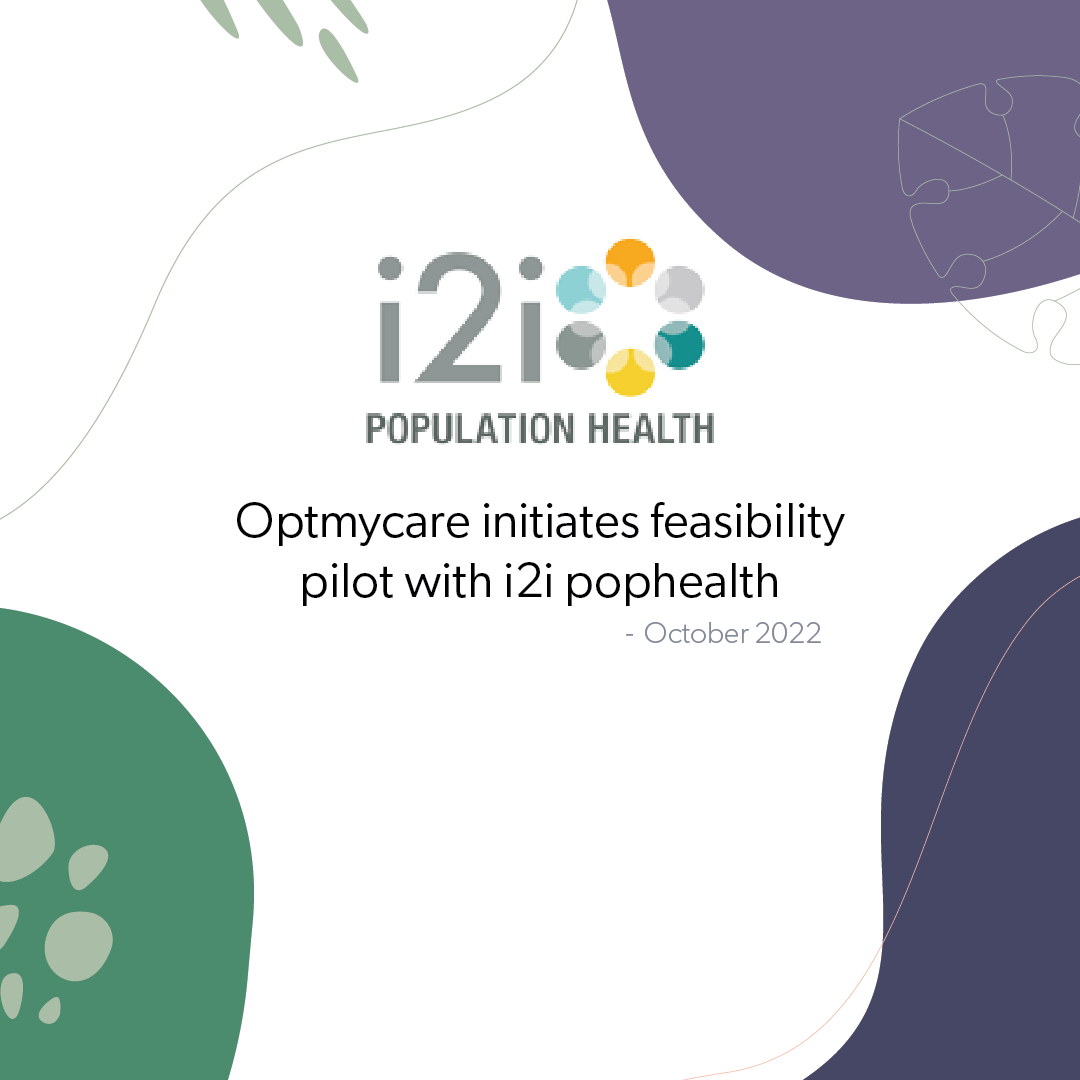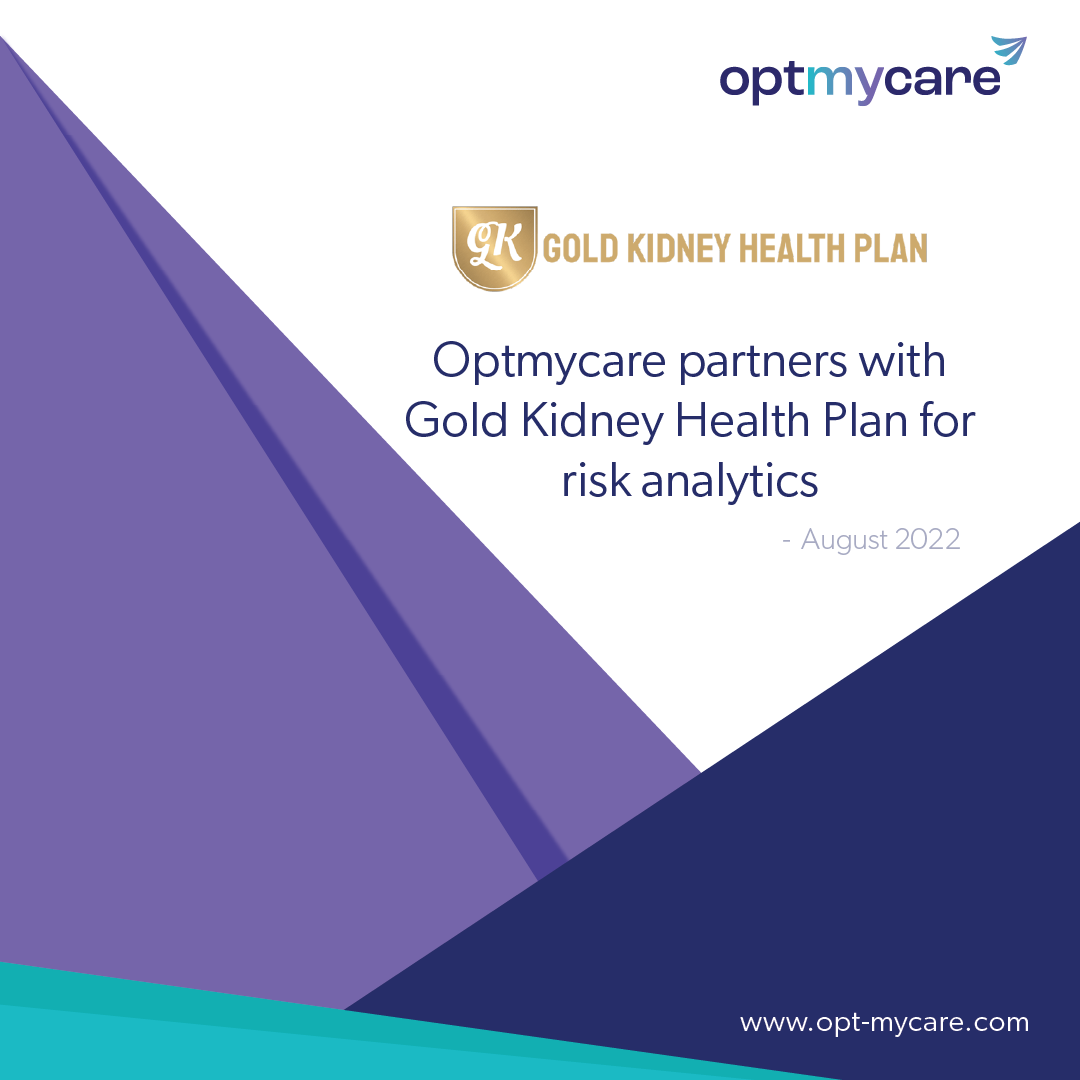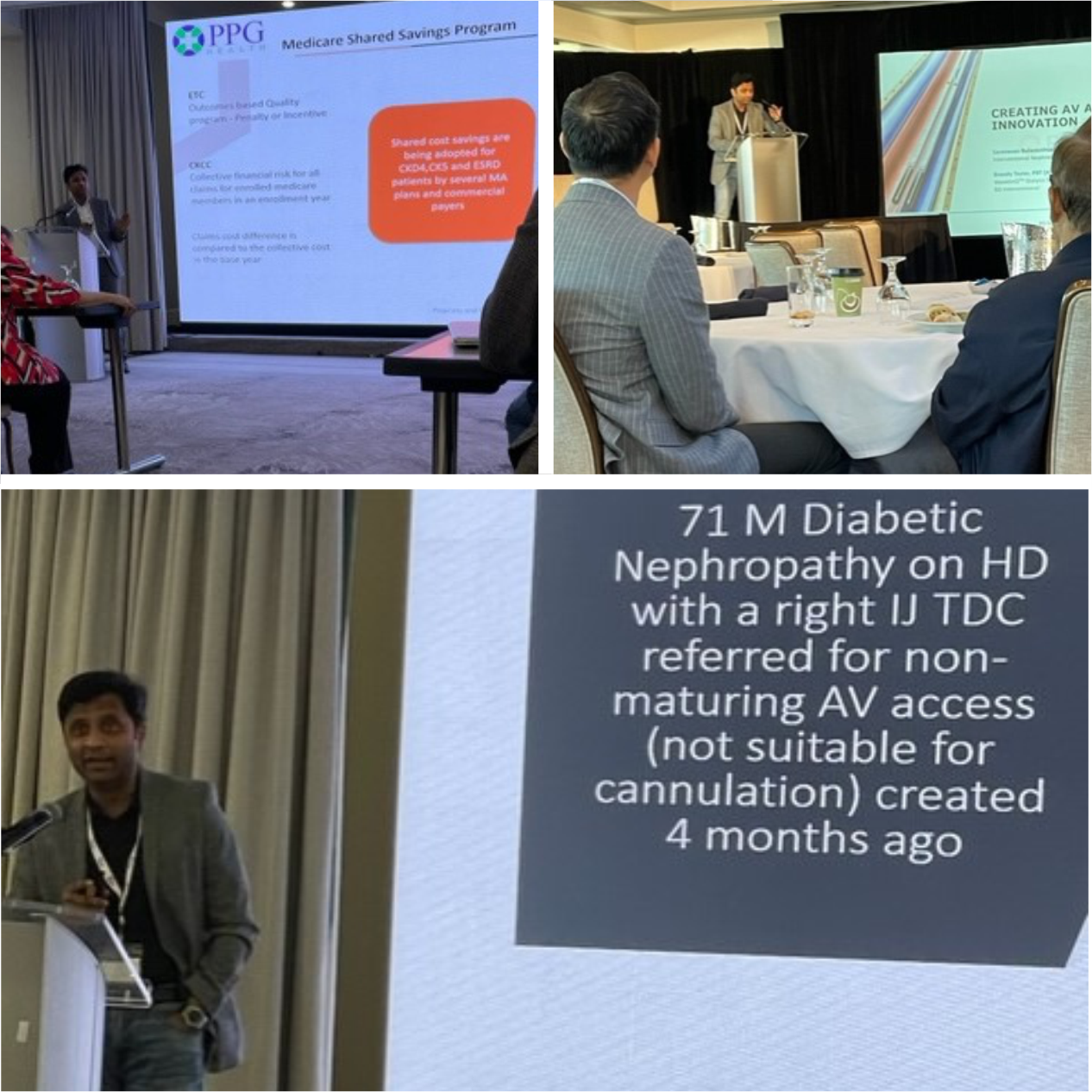
Advance Care Planning in Value-Based Care
- OmcEditor
- No Comments
Advance Care Plan: The Conversation That Protects Patients—and Your Performance Metrics
Here’s a case you may recognize all too well.
Mr. Alvarez, 81, had multiple chronic conditions—CHF, diabetes, stage 3 kidney disease. He was readmitted to the hospital after a massive stroke and died in the ICU two weeks later, intubated, despite having mentioned to a nurse that he “didn’t want to go like this."
No advance directive. No ACP documentation. No clear record in the EHR. No advance care planning at all.
For his family, it was heartbreaking. For his care team, it was frustrating. For the ACO? It was a missed opportunity—clinically, financially, and operationally.
This wasn’t just a tragic patient outcome. It was a preventable readmission, an avoidable high-cost episode, and a failure to capture critical quality and reimbursement opportunities.
Advance Care Planning Is Value-Based Care in Action
Advance Care Planning (ACP) is often treated like a soft skill—something nice to do if there’s time. But in reality, it’s a high-impact tool for aligning care, managing risk, and improving both patient outcomes and organizational performance.
For ACOs and risk-bearing organizations, ACP touches every core metric that matters:
✅ Reduces avoidable hospitalizations and costly end-of-life interventions
✅ Improves CAHPS and HEDIS scores through better care alignment and communication
✅ Enhances patient and family satisfaction, which improves engagement and retention
✅ Strengthens quality measure performance tied to shared savings and contracts
In fact, patients with documented Advance Care Plans had 24.5% lower inpatient costs than those without ACP—regardless of whether they required ICU care or not.
And the best part? It’s billable, measurable, and scalable—when you do it right.
The Challenge: Why ACP Gets Missed
Despite the benefits, ACP is still underutilized. Why? Because it’s rarely built into the clinical workflow in a way that makes it efficient, proactive, and actionable.
It often depends on one provider remembering to ask the question, during the right kind of visit, with enough time, and with clear documentation. In a busy practice, that rarely happens.
For ACOs, that’s not just a missed conversation—it’s a missed opportunity to reduce spend, support care teams, and improve contract performance.
The Solution: Embed ACP into Existing Care Management Strategy
ACP doesn’t need to be reinvented. It just needs to be integrated. And that’s where high-performing ACOs are getting it right.
Here’s how leading organizations are making ACP part of their model:
-
1. Incorporate it into AWVs, CCM, and TCM workflows—don’t isolate it as a standalone task.
-
2. Train care managers, RNs, and social workers to initiate the conversation—not just physicians.
-
3. Use technology to prompt, document, and track ACP discussions within the patient record.
-
4. Tie ACP into quality dashboards and measure adoption—make it a performance metric, not a “nice to have.”
-
How OptMyCare Makes Advance Care Planning Scalable and Strategic
OptMyCare takes the guesswork out of ACP by embedding it directly into your population health strategy. Here’s what that looks like:
🔍 Risk-Based Patient Identification: Using advanced stratification models, our platform flags patients who are high-risk or entering a disease progression window—ideal timing for ACP conversations.
📲 Workflow-Driven Prompts and Task Management: ACP isn’t forgotten—it’s prompted. Care managers receive real-time nudges based on patient status, care transitions, or utilization events.
📁 Integrated Documentation & Compliance Tracking: No more “file it and forget it.” ACP documents are tracked for completion, integrated into the care plan, and made visible across settings—supporting CMS guidelines and quality reporting.
📊 ACP Reporting for Leadership Insight: Know which patients have ACP in place, where gaps exist, and how it’s impacting outcomes and contract performance.
The Business Case: Why ACP Should Be a Leadership Priority
Mr. Alvarez’s story isn’t just a clinical failure—it’s a missed billable opportunity, a preventable hospitalization, and a drag on quality scores. If your ACO is managing patients with multiple chronic conditions, the question isn’t if ACP matters—it’s how well you’re doing it.
When ACP becomes part of your infrastructure, the payoff is clear:
-
Fewer high-cost, high-acuity episodes
-
More aligned, patient-centered care
-
Higher quality scores, fewer penalties, more shared savings
And with OptMyCare, you don’t have to add headcount or overhaul your systems to get there.
It’s Time to Stop Leaving Advance Care Planning to Chance
ACP isn’t just a conversation—it’s a care strategy, a compliance safeguard, and a revenue driver. It protects patients, empowers families, and positions your ACO to thrive in the metrics that matter most.
Let’s move it from the margins to the center of your population health strategy.
📩 Want to see how OptMyCare can help you operationalize ACP at scale? Let’s talk.



